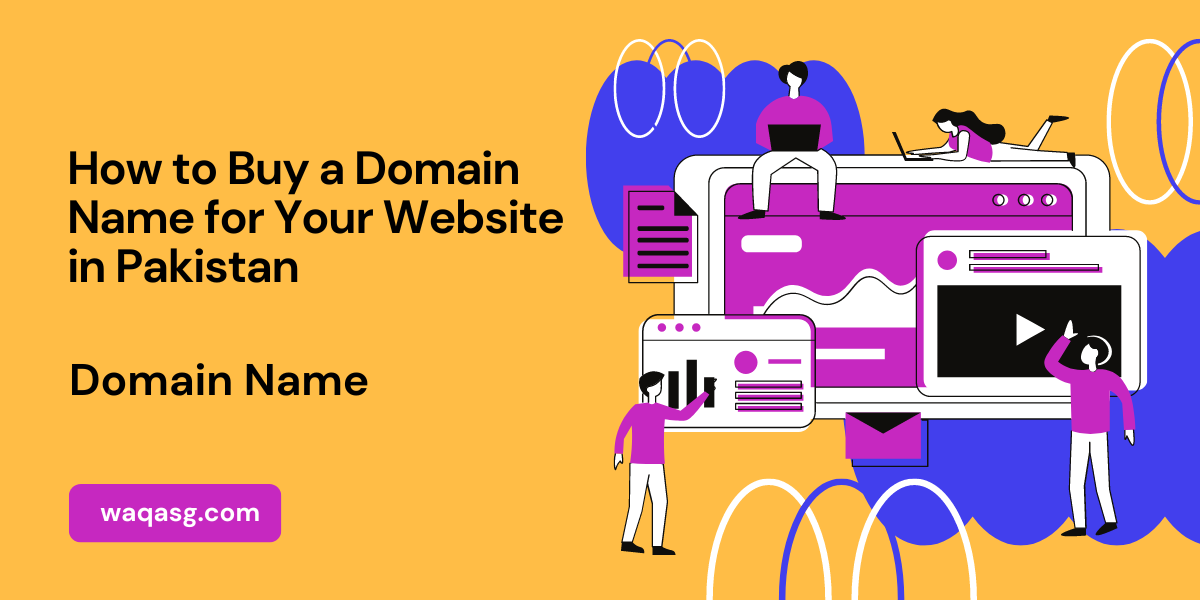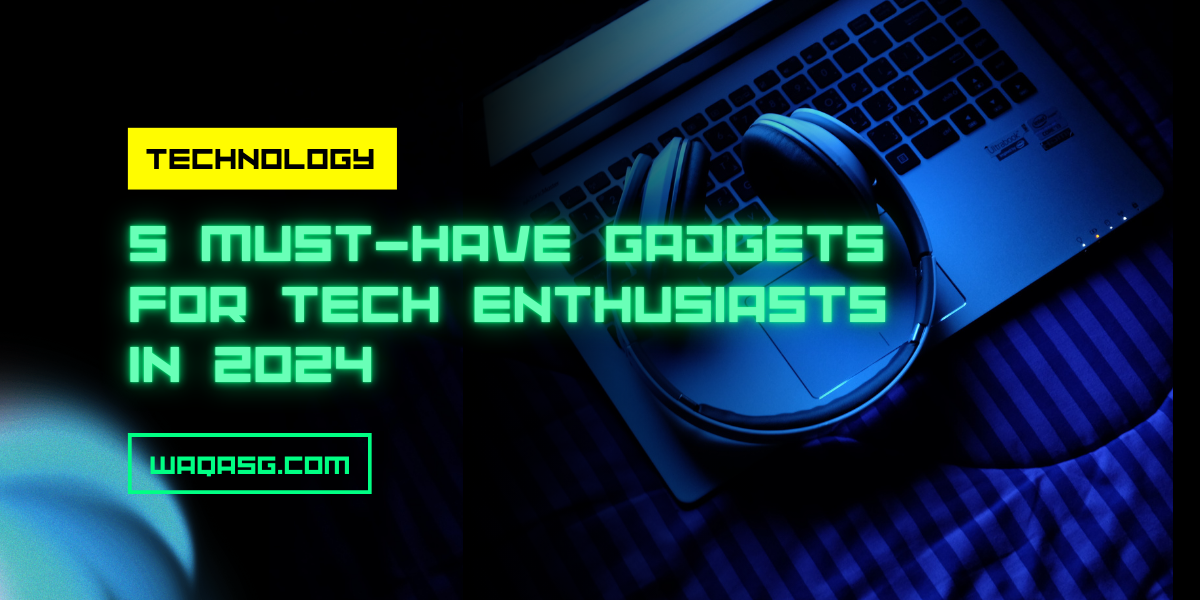If you’re planning to launch a website in Pakistan—whether for your business, a blog, or a side hustle—buying a domain name is your first real step into the online world. Think of it as securing your digital real estate. Without a domain name, your website can’t exist on the web in a way people can find and trust.
In this guide, we’ll walk you through everything you need to know about buying a domain name in Pakistan in 2025, from choosing the right name to making payments using local methods. Let’s break it all down.
What Is a Domain Name, Really?
A domain name is the address people type into their browser to visit your site. For example, google.com is a domain name. It points users to a specific server where Google’s content lives.
In Pakistan, you can register domain names ending in .pk (and its variations like .com.pk, .net.pk, etc.) through a registry called PKNIC. There are also global domain options like .com, .net, and .org, which are managed by international registrars like GoDaddy or Namecheap.
Step 1: Choose a Domain Name That Actually Works
Picking the right domain name is both an art and a science. It’s not just about creativity—it’s about strategy.
Here are a few quick tips to help you choose a solid domain:
- Keep it simple and short: Aim for something easy to type and remember.
- Use keywords: If you’re a clothing brand, words like “fashion,” “wear,” or “clothing” can help with SEO.
- Avoid numbers or hyphens: These are easily misread or mistyped.
- Make it brandable: You want something unique that feels like a real brand, not just a string of keywords.
Example: If your clothing shop is called “Generation Club,” try something like GenerationClub.pk. If that’s not available, alternatives could be GenCloth.pk or GClubWear.com.
Step 2: Check If Your Domain Name Is Available
Once you have a few ideas in mind, you’ll need to check if the domain is available.
Where to check:
- For .pk domains: Visit https://www.pknic.net.pk
- For international domains: Try Namecheap or GoDaddy
If your ideal domain is taken, don’t worry. Get creative—try adding a keyword, using a short form, or experimenting with different TLDs (domain extensions).
Step 3: Pick the Right Domain Extension
This is where things get a bit technical, but don’t stress—here’s what you need to know:
Popular extensions in Pakistan:
- .com.pk – Ideal for commercial businesses operating in Pakistan.
- .pk – A general-purpose domain that’s short and clean.
- .net.pk – Suitable for tech or network-based services.
- .org.pk – Perfect for NGOs and non-profits.
- .edu.pk – Reserved for accredited educational institutions (requires documents).
- .gov.pk – Only for government bodies (requires official permission).
Global TLDs:
- .com – Most popular and professional-looking; ideal for global or international branding.
- .net – Originally for networks and tech-based businesses.
- .org – Best suited for nonprofits or community-based platforms.
If your audience is primarily in Pakistan, going with a .pk or .com.pk can actually help your site rank better locally on search engines like Google.
Step 4: Choose a Domain Registrar
This is the company that will handle your domain registration. In Pakistan, you have a mix of local and international options.
Trusted registrars in Pakistan:
- Domain.pk – One of the most popular platforms for .pk domains.
- Websouls – Great local support and competitive prices.
- Navicosoft – Offers both .pk and international domains.
- HosterPK – Also provides hosting along with domain registration.
International registrars:
Local registrars may be easier for making payments in PKR and getting customer support in Urdu or English. International registrars might offer more features like WHOIS protection or bundled email services.
Step 5: Register Your Domain Name
The registration process is pretty straightforward:
- Search for your domain on the registrar’s website.
- Create an account with your name and contact info.
- Select the duration (usually 2 years minimum for .pk domains).
- Add privacy protection (optional, but recommended for international domains).
- Proceed to payment.
Step 6: Make the Payment (No PayPal? No Problem)
For Pakistani users, the main issue with international platforms is payment. Most of them support PayPal, which isn’t available in Pakistan. But don’t worry—there are other options.
Payment methods accepted in Pakistan:
- Credit/Debit Cards – Visa or MasterCard work on most platforms.
- Bank Transfer – Especially common with local registrars like Domain.pk or Navicosoft.
- Mobile Wallets – Some local providers accept JazzCash or Easypaisa.
- PKNIC Prepaid Cards – You can buy these from resellers and use them on PKNIC for .pk domains.
Step 7: Manage Your Domain Settings
After buying your domain, you’ll need to connect it to your website. This involves setting up your DNS (Domain Name System).
Your hosting provider will give you two nameservers (something like ns1.yourhost.com and ns2.yourhost.com). You’ll log into your registrar’s dashboard and add those in the DNS section.
Also:
- Turn on auto-renewal if you can. You don’t want to accidentally lose your domain.
- Update your contact info regularly in case your registrar needs to reach you.
Step 8: Renew Your Domain Before It Expires
Domains aren’t a one-time purchase—they expire after a set period (usually 1–2 years). If you don’t renew, someone else can snatch up your domain, and that’s a headache you really don’t want.
Set reminders, turn on auto-renew, and always make sure your payment method is up to date.
Things to Avoid When Buying a Domain
Let’s wrap things up with a few common mistakes you should steer clear of:
- Don’t copy someone else’s brand – It can get you into serious legal trouble.
- Avoid trendy or confusing spellings – If it’s hard to type or say, it’s hard to remember.
- Stay away from expired or auctioned domains unless you know what you’re doing—they might come with a shady history.
- Don’t rely on free domains from hosting companies. You rarely own them fully.
Final Thoughts
Buying a domain name in Pakistan is easier than ever, and it’s one of the smartest investments you can make for your business or personal brand. Whether you go local with .pk or aim global with .com, your domain is the foundation of everything else you do online.
Take your time, choose wisely, and don’t be afraid to spend a little extra on something that will represent you for years to come.
Need help? Many registrars offer live chat or call support in Pakistan, so don’t hesitate to reach out if you’re stuck.


